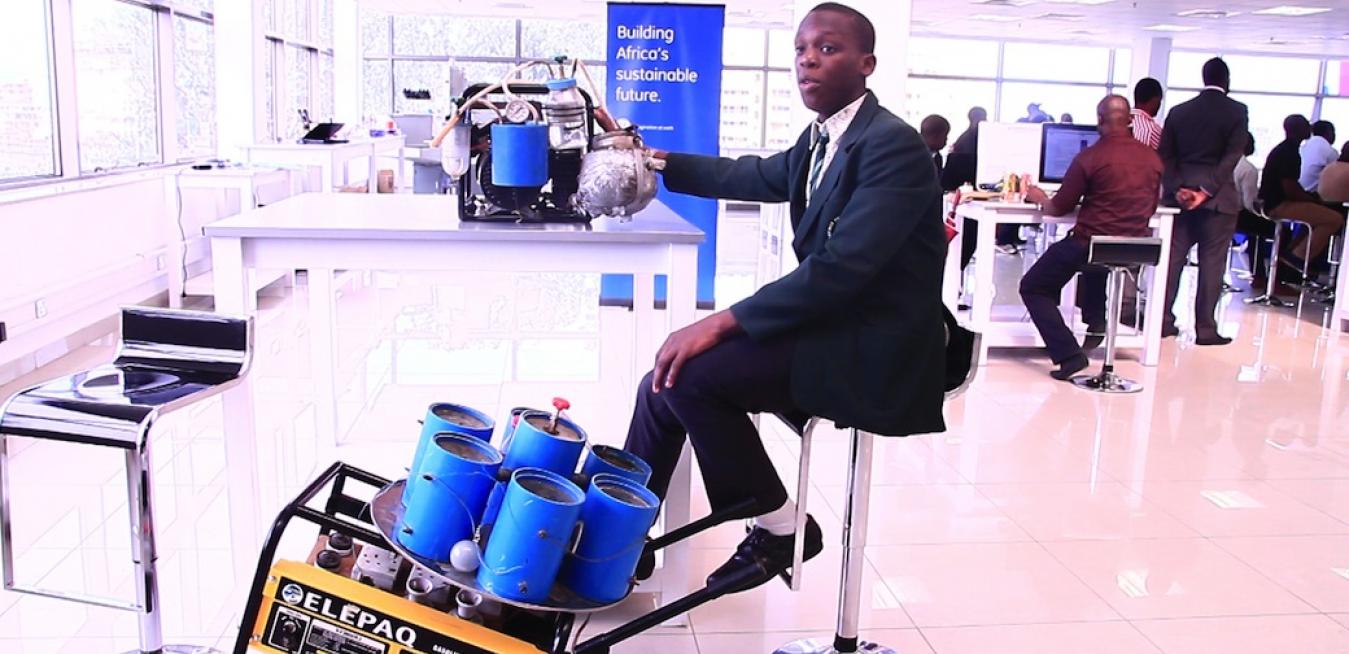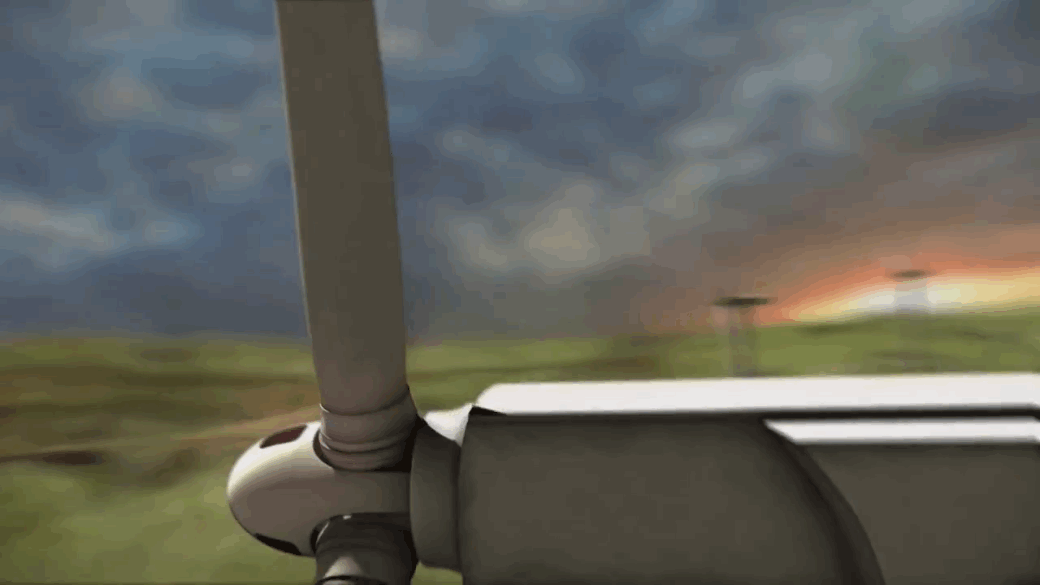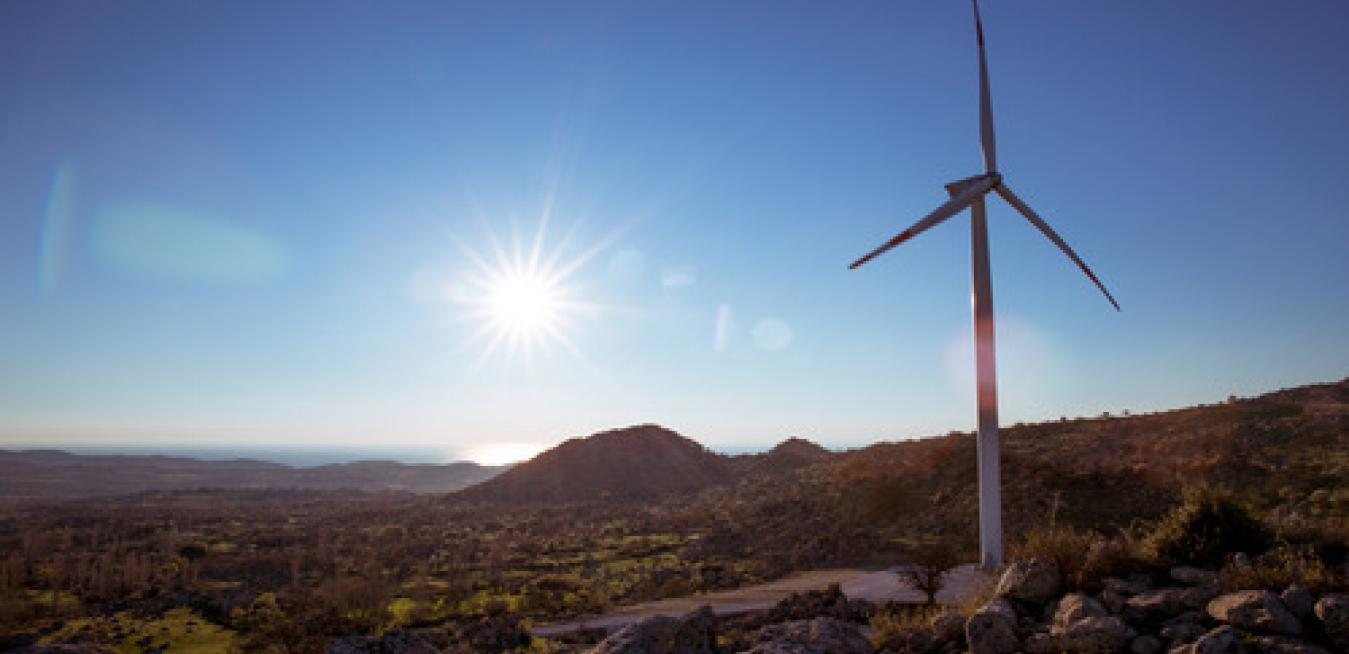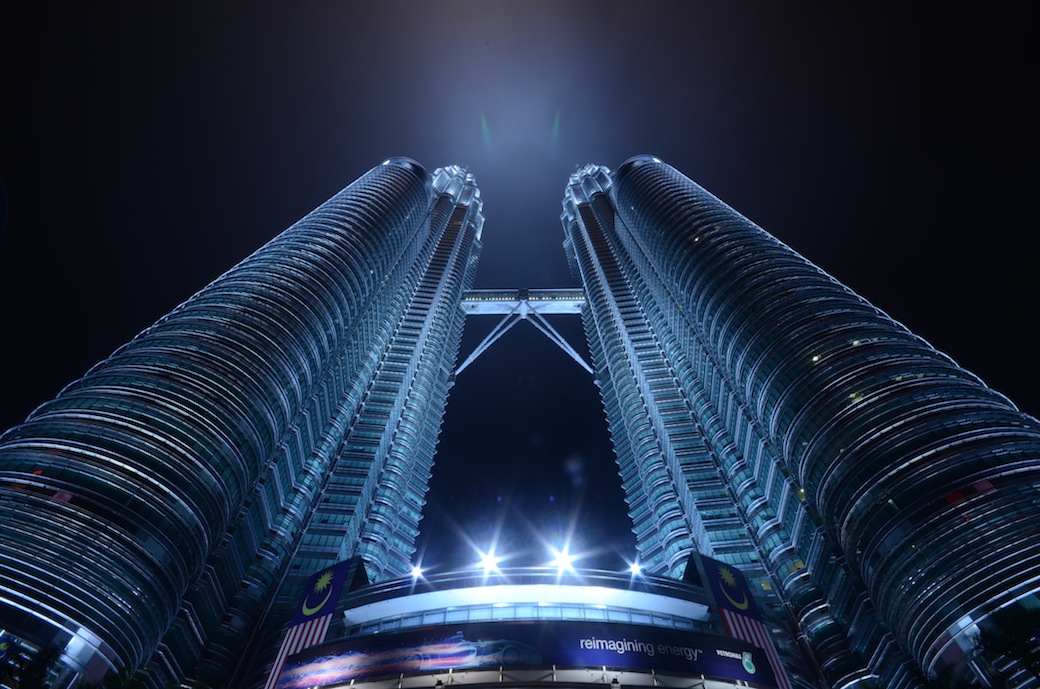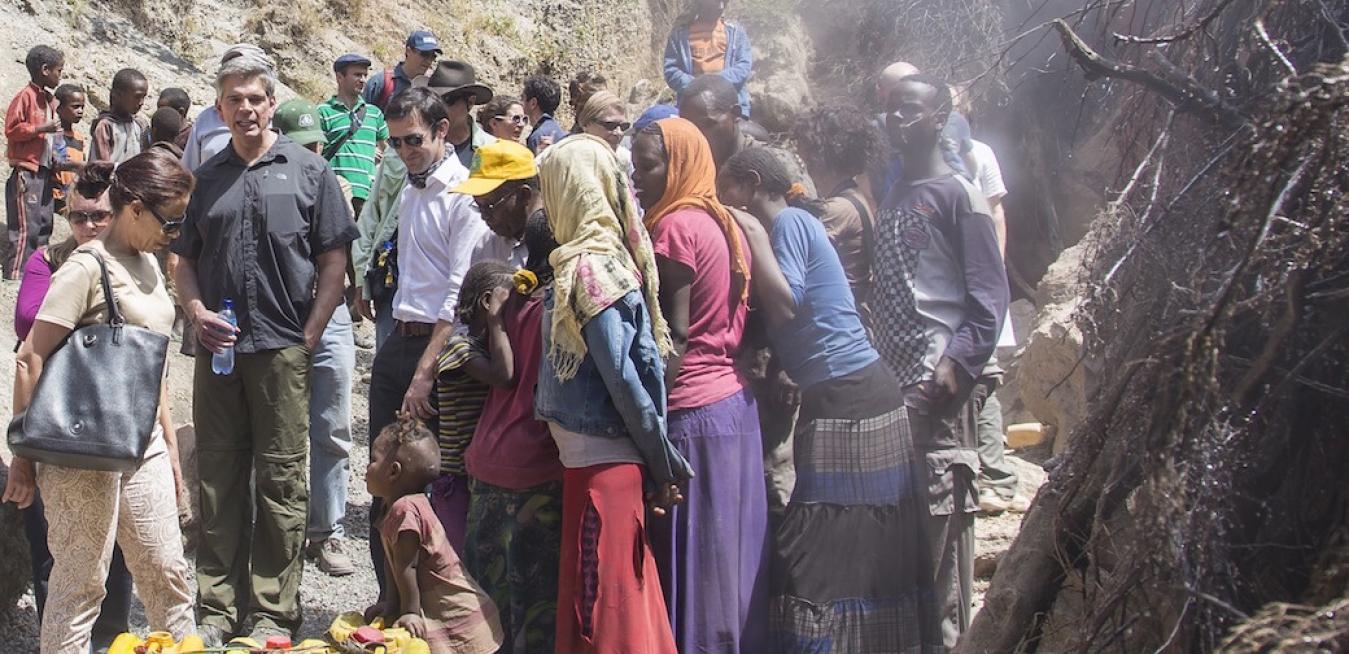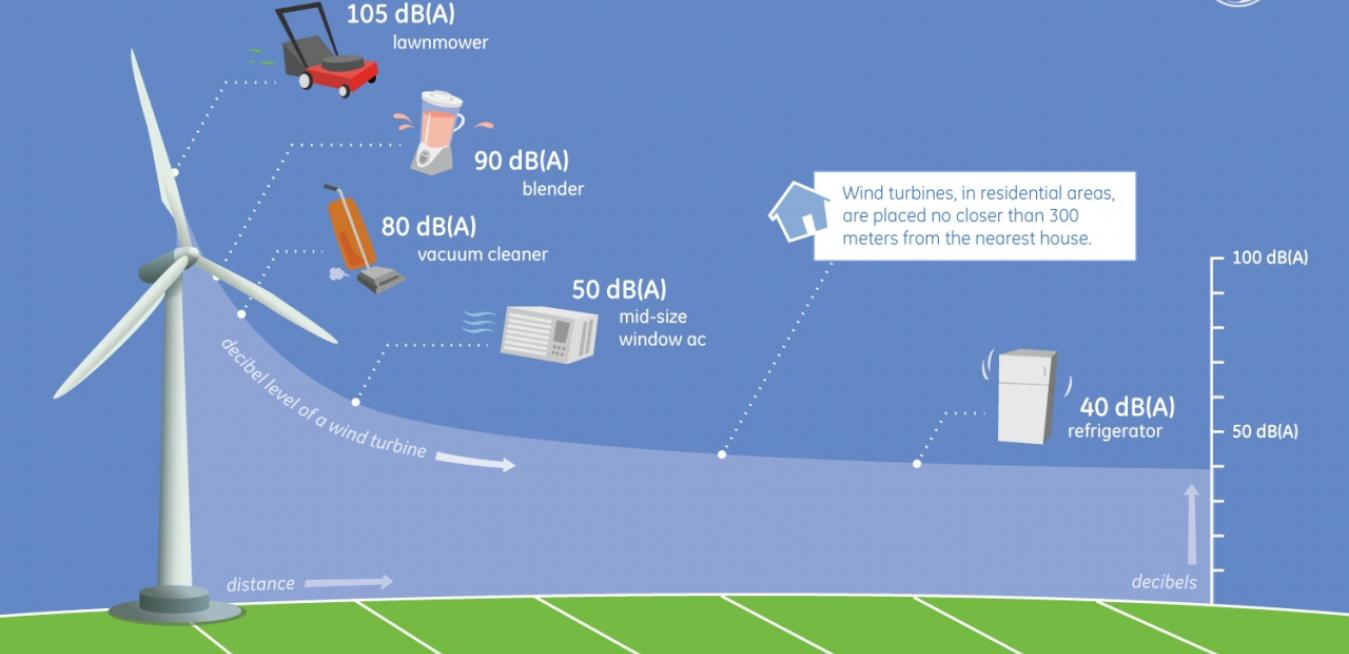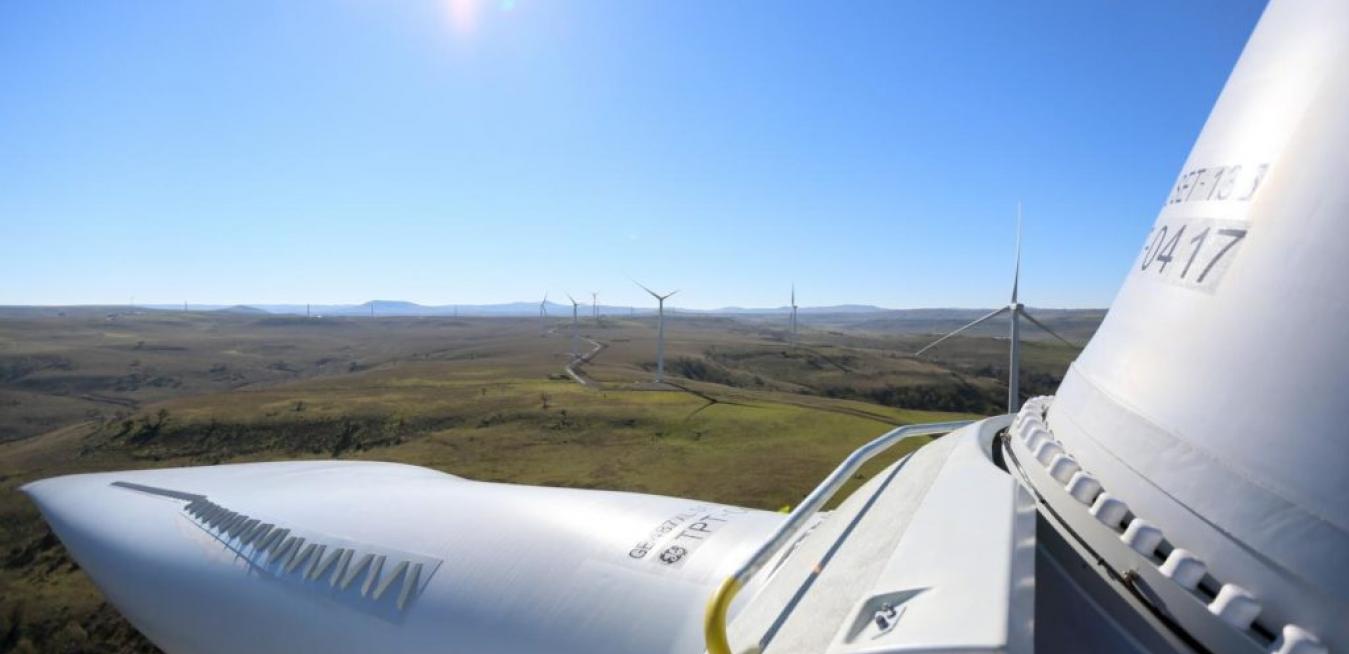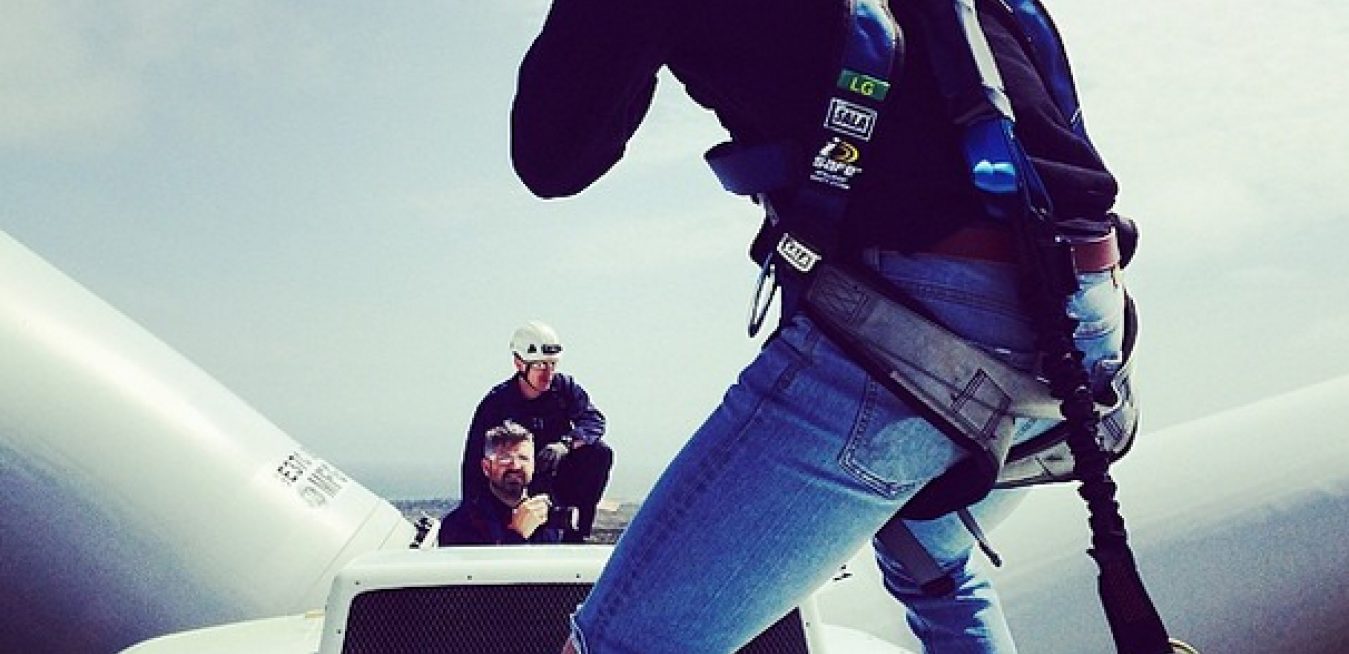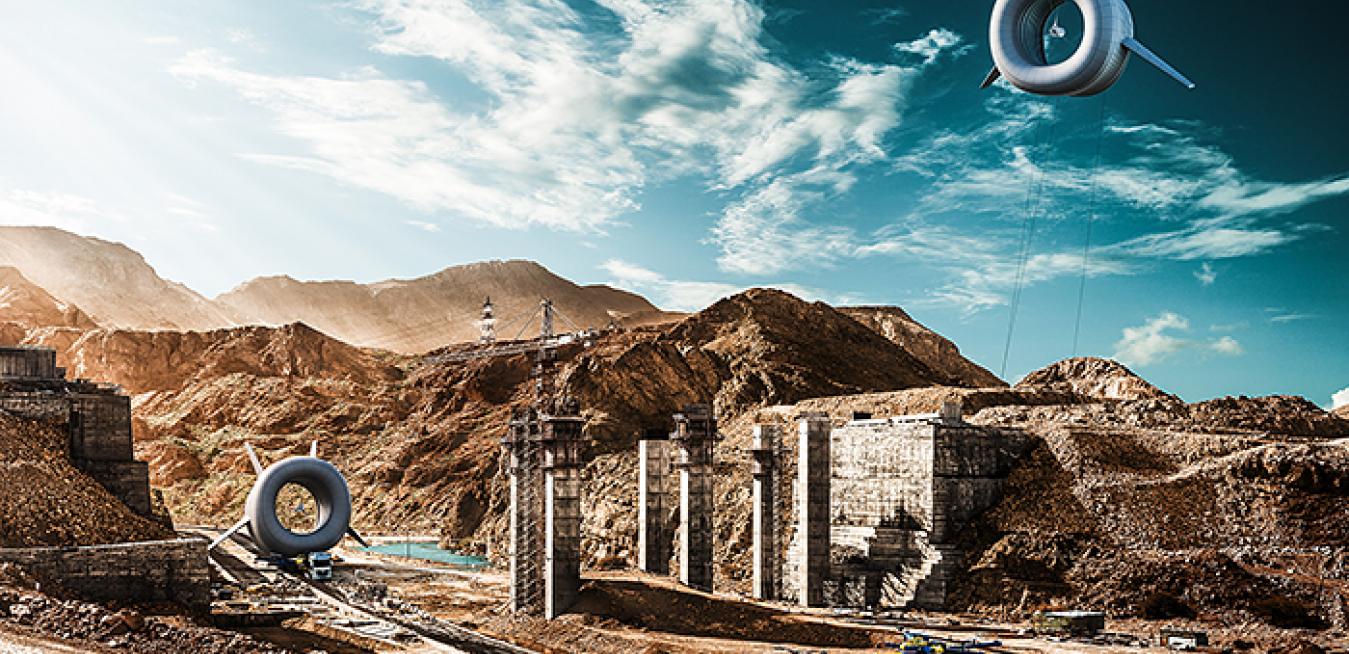Clean tech is increasingly about IT-enabled distributed and fully integrated energy systems that have the potential to transform lives around the world — as well as the prosperity and productivity of countries across the globe.
“Crickets”, says Dominic von Terzi, “You can’t imagine the noise they make.” He’s talking about an unexpected hurdle his team from GE’s European Research Center in Munich ran into while looking for ways to make wind farms work better and quieter.
Von Terzi leads a team of researchers from the center’s Aerodynamics & Acoustics Laboratory. They recently spent two weeks using sophisticated algorithms and software to precisely measure the noise produced by a Kansas wind farm. “Actually the loudest noise measured from this farm came from the crickets,” von Terzi says.
Categories
So just how noisy are these turbines?
Sixty-seven colossal wind turbines have been making their way by land and sea to the site of a new wind farm, not far from the small towns of Nimmitabel and Bombala in the heart of New South Wales.
Part of the $361 million wind farm development at Boco Rock, the 67 Wind Turbine Generators or WTGs cruising across Australia’s landmass will generate an impressive 113 megawatts of clean and renewable energy once installed - or about 500 gigawatt hours annually. And that’s a lot.
Wind Fact 1
Wind power now supplies 3.4% of Australia’s overall electricity needs, this is twice what it was 5 years ago.
BATs floating 1,000 feet above the earth could hold the secret to providing cheap, quickly installed power to off-grid consumers or disaster-stricken areas.
The BAT, short for “Buoyant Air Turbine,” is essentially a wind turbine in the sky. Developers across the country and around the world are testing various methods of sending these lightweight, high-altitude turbines aloft, using blimps, winged aircraft, and cylindrical balloons to reach sweet-spot heights where operators can harvest the most wind with the least resistance.
